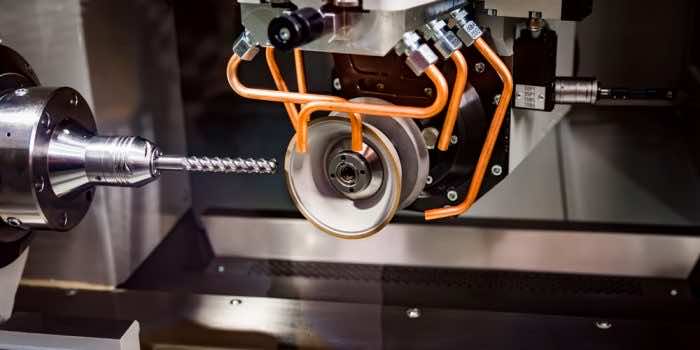Short for Computer Numerical Control, CNC machining is an automated manufacturing process that produces a multitude of complex parts, components and prototypes for use in numerous industries. To see a real example of CNC machining in practice, here is a Covid 19 case study demonstrating how this technology has been used to create CPAP machines for hospital patients.
There are numerous ways CNC machining makes manufacturing popular for producing not only medical devices but automotive parts, moulds for the aerospace industry and plastic components for retail. Here, we will explore exactly what those benefits are and what makes CNC machining a primary choice for manufacturers.
- Increasing production volume
One of the greatest advantages of CNC machining is its capacity for high volume production. Because the machines use software to automate them, there is a reduced amount of time required from manual operators, bringing about greater speed and efficiency. The machines are able to work for extended periods of time, without any intervention (excluding maintenance/care issues) and they are used constantly, only turned off when necessary repairs are required, which grows production volume. The software programming is performed just once before the precise same design is produced in up to thousands of units.
- Improving safety
The low level of involvement and presence of personnel offers an obvious safety advantage for CNC machining. Alongside this, jams or errors in the machinery can cause production problems however, in contrast to open guard machining, these faults do not present the same potential harm to operators. This is because the majority of CNC machines operate behind curtain guards which stop and reduce the amount of loose and harmful materials flying out and causing an injury.
Additionally, because CNC machining takes on many different forms, including milling, turning and cutting, there is a diversity of potential hazards. Today, coolants are usually used to catch particles emitted from the machines and soundproof casing is also incorporated to alleviate the sound of the machines in use.
- Greater accuracy and complex designs
A clear advantage of CNC machining for manufacturing processes, is the high level of accuracy and repeatability it affords, making it ideal for producing complex designs in high volume. High accuracy in manufacturing is measured in terms of the difference between the measurement of a final shape or design and the measurement from the machine used to create it. The smaller the difference between these two, the higher the accuracy.
Other factors which improve the accuracy of CNC machining are the skills of the programmers who write the G-code language instructing machines, and the ability to adjust the functions of the machine also adds to improved accuracy.
- Providing flexibility
Flexibility is an important element for manufacturers, it aligns with the control over systems and processes they are looking for. Perhaps they have a new range of products requiring different materials to be used or they want the option of producing more complex designs in the future. CNC machining brings about the flexibility needed to fulfil these kinds of requirements.
For example, the reprogramming code does not take long, meaning production runs can be changed for a completely new design in a short space of time. This is a benefit for manufacturers and suppliers who need to be able to respond to change to consumer needs in the market.
Flexibility is also brought about by the different types of CNC machines available. This includes:
- CNC milling machine
- CNC drilling machine
- CNC grinders
- CNC plasma cutters
- CNC Electric Discharge Machine (EDM)
- Delivering greater cost-effectiveness
As well as accuracy and flexibility, CNC machining also provides cost effectiveness. Firstly, because several CNC machines can be managed by one trained operator simultaneously, there is no need for several operators to manage processes and equating to reduced people power costs. Also, accuracy is an important factor – the better the accuracy, the fewer the mistakes and waste, and therefore the better the value.
Although CNC machines have a high initial cost attached to them, thanks to the high output they are capable of, an economy of scale is achieved. In addition, to operate a CNC machine, you do not require high skill levels as you would with alternatives such as universal milling machines and lathes and as a result, training is not as expensive. Finally, when it comes to prototyping, this can be performed purely by utilising the programming software, again, saving costs, as well as time to produce a tangible prototype.


